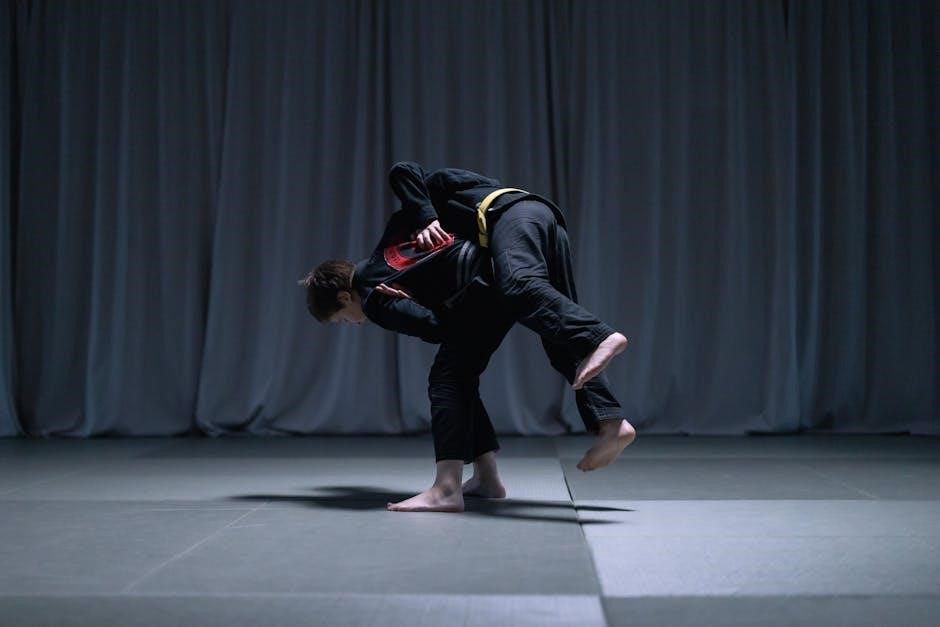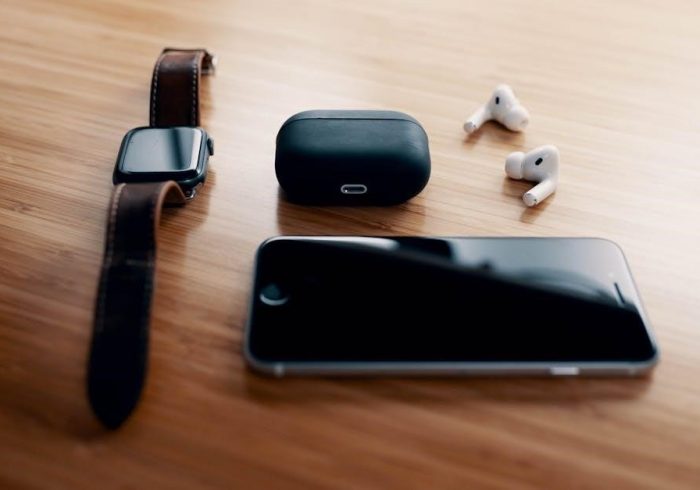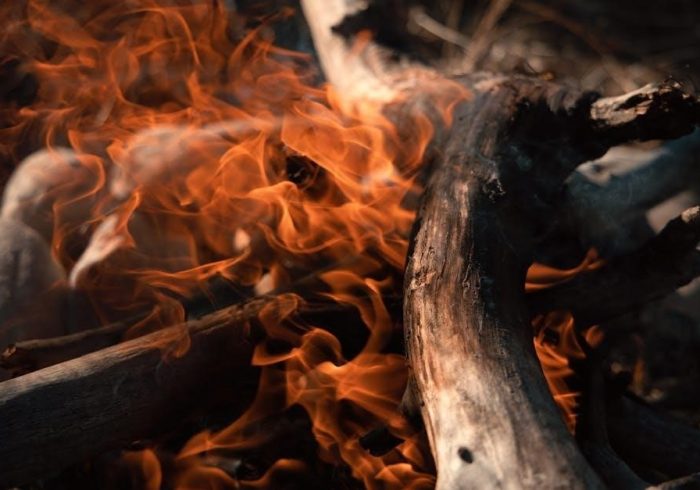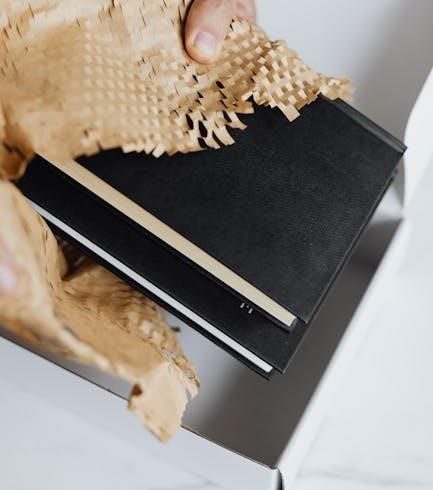The Jiu Jitsu Gi is essential for practitioners, providing durability and comfort during training. Proper fit enhances performance and ensures safety, making it a vital part of the uniform.
What is a Jiu Jitsu Gi?
A Jiu Jitsu Gi is a traditional uniform worn by practitioners of Brazilian Jiu-Jitsu (BJJ). It consists of a jacket, pants, and a belt, designed to withstand rigorous training and competition. The Gi is made from durable materials, typically cotton or cotton-poly blends, ensuring longevity and comfort. The jacket is reinforced at the shoulders and chest, while the pants are designed for mobility and durability. The belt indicates the practitioner’s rank, ranging from white to black. A proper Gi is essential for safety, as it allows for secure grips during techniques. It also plays a cultural role, connecting practitioners to the art’s heritage. With various weights and styles available, the Gi is tailored to meet the needs of both training and competition, making it an indispensable part of BJJ practice.
Importance of Proper Fit in Jiu Jitsu
A proper-fitting Jiu Jitsu Gi is crucial for optimal performance and safety during training. A well-fitted Gi ensures better grip control, reducing the risk of injuries caused by excessive fabric movement. Additionally, it enhances mobility, allowing practitioners to execute techniques smoothly. An ill-fitting Gi can lead to discomfort, distractions, and even safety hazards, such as sleeves or pants that are too long, which may cause tripping or accidental grabs. Proper fit also supports hygiene by preventing excessive sweating and chafing. Moreover, a Gi that fits correctly adheres to competition standards, avoiding disqualification. Investing in the right size ensures a better training experience, focus, and overall enjoyment of the art. It’s essential to prioritize fit to maximize benefits and maintain respect for the tradition of Jiu Jitsu.
Understanding Jiu Jitsu Gi Size Charts
Jiu Jitsu Gi size charts are standardized guides that help practitioners choose the right fit based on measurements like height, weight, and body type for optimal performance.
Standard Size Categories (A0 to A5)
Jiu Jitsu Gi sizes are categorized from A0 to A5, representing different fits for various body types and training needs. A0 is the smallest size, suitable for petite practitioners, while A5 is the largest, designed for taller and heavier individuals. These categories help ensure a proper fit, essential for both comfort and performance. Each size accommodates differences in chest, waist, sleeve length, and pant length, providing a tailored experience. Whether you’re a beginner or an advanced athlete, understanding these categories helps in selecting the right Gi for optimal training. Always consult the size chart specific to your brand and consider personal fit preferences for the best results.
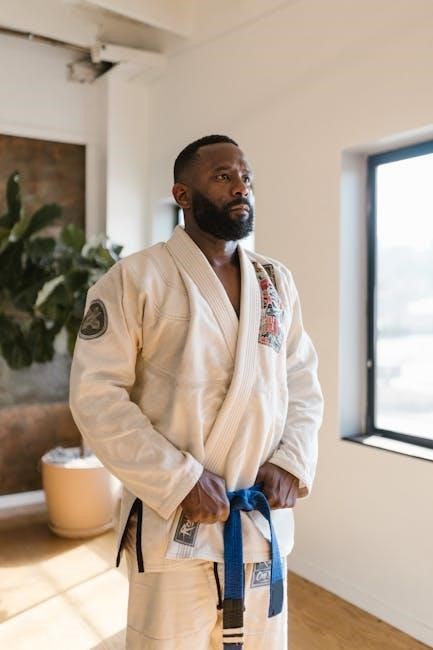
Factors Influencing Gi Size (Height, Weight, Fit)
When choosing a Jiu Jitsu Gi, height, weight, and desired fit are critical factors. Height determines sleeve and pant length, ensuring proper coverage during training. Weight influences chest and waist measurements, affecting how the Gi fits around the torso. Fit preferences vary from slim to relaxed, impacting overall comfort and mobility. For example, a taller, lean practitioner may prefer a longer sleeve length, while a heavier individual might opt for a looser fit for ease of movement. It’s essential to balance these factors to avoid restrictive or overly loose clothing, which can hinder performance. Always measure accurately and consider personal comfort to select the most suitable Gi size for your training needs. Proper fit enhances both performance and safety on the mat.

How to Measure Yourself for a Jiu Jitsu Gi
Measure chest, waist, sleeve length, and pant length using a flexible tape measure. Ensure accuracy by measuring over a gi or similar clothing for the best fit.
Key Measurements (Chest, Waist, Sleeve Length, Pant Length)
Accurate measurements are crucial for the perfect Jiu Jitsu Gi fit. The chest measurement is taken across the widest part of the chest, ensuring the gi isn’t too tight or loose. The waist measurement is taken at the narrowest point, typically just above the hips. Sleeve length is measured from the center back of the neck to the wrist, ensuring full coverage. Pant length is measured from the waistline to the ankle, providing comfort and mobility. Using a flexible tape measure and wearing a t-shirt or similar clothing during measurement ensures precision. Proper fit in these areas enhances performance and comfort during training, making these measurements essential for selecting the right gi size.
How to Ensure Accurate Measurements
To ensure accurate measurements for your Jiu Jitsu Gi, use a flexible tape measure and wear a tight-fitting t-shirt and shorts during measurement. Stand up straight and relax your muscles to avoid compressing or expanding your natural size. Measure your chest at its widest point, keeping the tape level and parallel to the ground. For waist, measure at the narrowest point, typically just above the hips. Sleeve length is measured from the center back of the neck to the wrist, and pant length from the waistline to the ankle. Double-check each measurement multiple times to confirm consistency. Use a size chart specific to the brand, as sizing can vary. If possible, have someone assist you for precise results. Accurate measurements ensure the best fit and optimal performance during training.
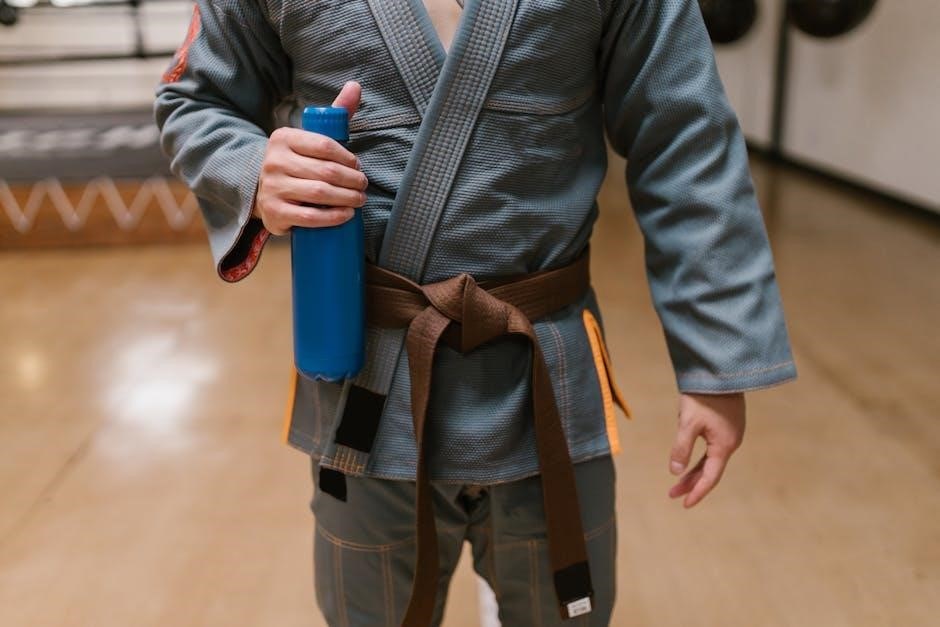
Choosing the Right Gi Size Based on Your Training Needs
Consider factors like weight and training style to select the ideal Gi size; Lightweight Gis suit competitions, while midweight and heavyweight Gis are better for durability and daily training.
Differences in Gi Weights (Lightweight, Midweight, Heavyweight)
Jiu Jitsu Gis come in various weights, each catering to different training needs. Lightweight Gis are ideal for competitions, offering minimal weight and maximum mobility. Midweight Gis provide a balance between durability and comfort, making them suitable for daily training. Heavyweight Gis are durable and long-lasting, often preferred by serious practitioners for intense training sessions. The weight of the Gi is determined by the thickness of the material, with lighter Gis being more breathable and heavier ones offering better resistance to wear and tear. Choosing the right weight depends on your training style, whether you prioritize mobility, durability, or a combination of both. Proper weight selection ensures optimal performance and comfort during practice.
Gi Sizing for Different Training Styles (Competition, Daily Training)
Jiu Jitsu Gi sizing varies depending on the training style. For competitions, a precise fit is crucial to meet regulations and optimize performance. Competition Gis are often lightweight and snug to ensure freedom of movement and minimize excess material. In contrast, daily training Gis can be slightly more relaxed for comfort during prolonged sessions. However, they should still allow for a full range of motion. The fit must balance durability and mobility, as daily training involves repetitive drills and rolls. Proper sizing ensures the Gi stays comfortable and functional, whether you’re training for competition or honing your skills in class. Choosing the right size tailored to your training style enhances performance and longevity of the Gi.
Common Mistakes When Selecting a Jiu Jitsu Gi Size
Ignoring proper measurements, not considering fabric shrinkage, and neglecting personal fit preferences are common errors that can lead to an ill-fitting Gi.
Mistakes to Avoid When Choosing a Gi Size
One common mistake is not measuring yourself accurately, leading to a poor fit. Many practitioners overlook fabric shrinkage after washing, which can make the Gi too tight. Others ignore their training style, opting for a size that doesn’t suit their needs. Some assume all brands size similarly, but variations exist. Additionally, rushing the selection process without comparing sizes or reading reviews can result in disappointment. To avoid these errors, take precise measurements, consider shrinkage, and research brand-specific sizing. Test the Gi if possible, and prioritize fit over aesthetics. Proper sizing ensures optimal performance and comfort during training, making it crucial to avoid these pitfalls.
Tips for Finding the Perfect Fit
To find the perfect Jiu Jitsu Gi fit, start by taking accurate body measurements, focusing on chest, waist, and sleeve length. Consider your training style—lightweight Gis are ideal for competitions, while heavier ones are better for durability. Always check size charts for specific brands, as sizing can vary. Try the Gi on before buying if possible, ensuring it drapes naturally without being too tight or loose. Pay attention to fabric quality and shrinkage expectations, as some materials may shrink after washing. Reading reviews from other practitioners can provide insights into how a particular Gi fits. Lastly, consult with instructors or experienced teammates for guidance, as their expertise can help you make an informed decision.
Brands and Their Sizing Variations
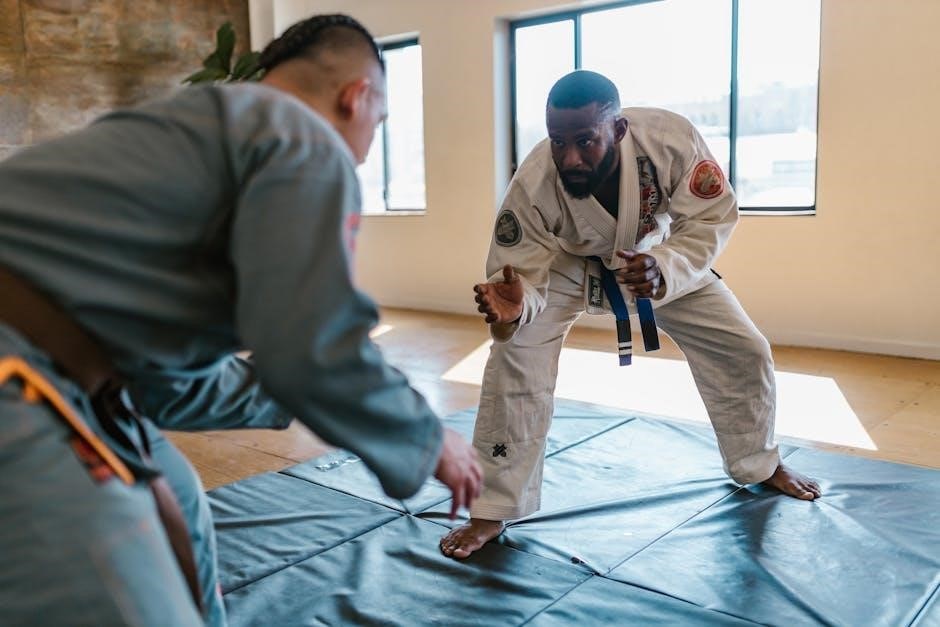
Brands often differ in sizing due to cut and fabric. Always check the specific size chart for each brand, as fits can vary significantly.
Popular Jiu Jitsu Gi Brands and Their Sizing Differences
Popular brands like Fuji, Gameness, and Atama offer high-quality Gis, but their sizing can vary. Fuji Gis tend to fit slightly larger, while Gameness Gis run a bit smaller. Atama Gis are known for their slim-cut designs, catering to leaner builds. Other brands, such as Tatami and A4, also have unique sizing profiles, with Tatami often offering more room in the shoulders and A4 focusing on longer sleeve and pant lengths. It’s crucial to consult each brand’s size chart, as differences in cut and fabric can lead to varying fits. Some brands, like Koral, are known for heavier, more durable Gis, which may shrink slightly after washing. Always consider these factors when choosing a Gi to ensure the best fit for your training needs.
How to Compare Sizes Across Different Brands
Comparing sizes across different Jiu Jitsu Gi brands requires careful attention to their unique sizing charts and fit profiles. Start by measuring yourself and referencing each brand’s size chart, as some may have slight variations in measurements. Pay attention to key dimensions like chest, sleeve length, and pant length. Some brands offer more generous cuts, while others are slimmer. Reading reviews and forums can provide insights into how specific brands fit. Additionally, consider factors like shrinkage after washing and fabric weight, as these can affect the overall fit. By cross-referencing measurements and fit styles, you can determine the best size for your needs across different brands. This ensures a consistent and comfortable fit, regardless of the brand you choose.

Selecting the right Jiu Jitsu Gi size is crucial for optimal performance and comfort. By understanding size charts, measuring accurately, and considering personal training needs, practitioners can make informed decisions. Avoid common mistakes like guessing sizes or prioritizing style over fit. Researching brands and their sizing variations ensures a tailored choice. Remember, a well-fitting Gi enhances training efficiency and longevity, making it a worthwhile investment for any Jiu Jitsu journey.
